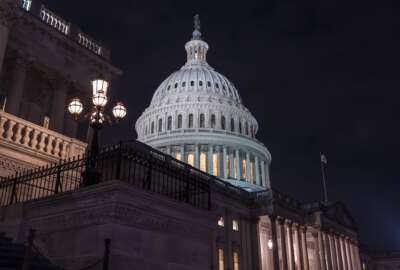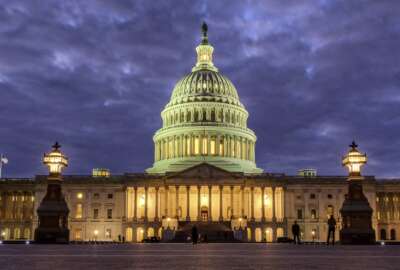GSA needs more transparency over high-valued leases, report says
A new Government Accountability Office report says greater transparency in the way the General Services Administration handles its high-value leases would lead to...
The Government Services Administration’s capital-planning approach lacks transparency and strategic focus when it comes to evaluating its most high-value leases. This hinders the agency’s ability to make informed decisions when in comes to making those evaluations and, thereby, could result in greater costs to the federal government.
That’s one of the conclusions of a new Government Accountablity Office report entitled “Federal Real Property: Greater Transparency and Strategic Focus Needed for High-Value GSA Leases.”
The Obama administration has directed agencies to reduce real property costs. GAO found that GSA has made strides in reducing its high-value lease costs, but it also found that building ownership often is more cost-effective than leasing. This is especially true when it comes to long-term leasing.
“GSA officials stated that for most high-value leases, federal ownership would be more cost effective over the long term, but GSA did not have the funding available to purchase, renovate, or construct a building,” the GAO report stated.
According to GSA’s State of the Portfolio publication, which covered fiscal year 2011, GSA had 374.6 million rental square feet in its inventory. Of that, slightly more than half — 192.7 million square feet — was leased.
GSA is required to submit a prospectus to Congress for approval for all properties with a net rental value above a $2.79 million threshold. GAO examined 3 percent of GSA’s 218 high-value leases. This relatively small sampling represents one-third of GSA’s leased portfolio in cost and in size.
After examining relevant legislation, interviewing agency officials and comparing the GSA’s actions to that of best practices, GAO came up with three recommendations for GSA to improve its transparency and decision making in regards to high-value leases:
- First, GSA should include more information, such as its prior and future need for space, in its prospectus to Congress for each high-value property.
“Twenty-seven of the prospectuses (for leases expiring from 2012 through 2027) contained an analysis that showed potential savings of over $866 million if the spaces were owned rather than leased,” the report stated. “GSA and OMB have decided the analysis is no longer necessary in light of the lack of capital funding for acquisitions and construction. GAO’s case studies highlighted long- term, mission critical space needs, such as a lease for the Environmental Protection Agency in Seattle for space it has occupied for over 40 years.”
- Second, GSA should make reports to Congress about high-value properties that do not have prospectuses. GAO discovered that GSA failed to notify Congress or prepare prospectuses for some properties, including a 10-year lease the U.S. Army Corps of Engineers had signed on a property in Los Angeles.
- Third, GSA needs to put together a long-term strategy for its targeted ownership investments. This should include information about ownership opportunities for GSA’s high-value leases.
“A strategic vision incorporating leading practices for capital decision making could better position the government to save money over time,” the report stated. “Increased transparency could promote collaboration with decision makers, which could help GSA address challenges and identify cost savings opportunities as leases expire.”
RELATED STORIES:
GSA declares end to cube farms, unveils new approach to office space
Agencies forced to freeze office space footprint
Copyright © 2024 Federal News Network. All rights reserved. This website is not intended for users located within the European Economic Area.
Michael O’Connell is senior digital editor of Federal News Network optimizing content for the best user experience. Follow @moconnellWFED
Follow @moconnellWFED






